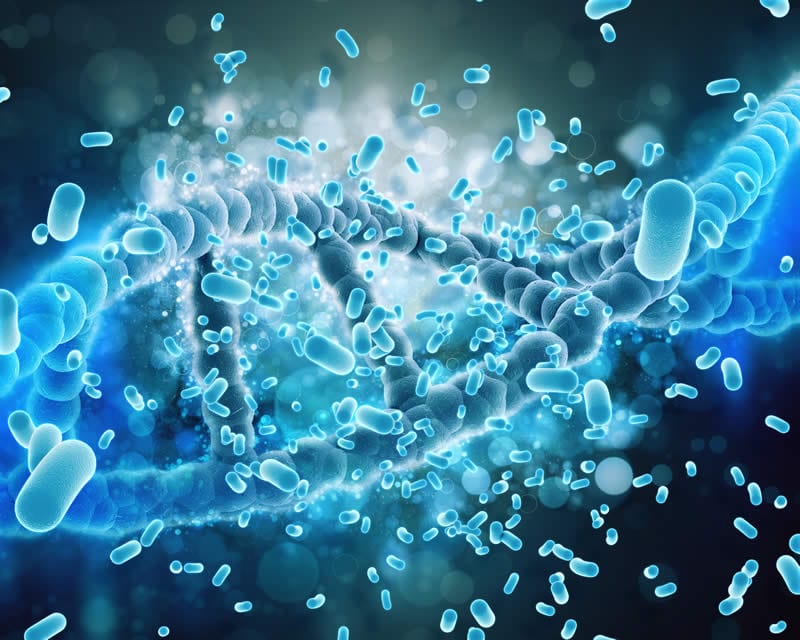Legionella Bacteria

GENERAL INFORMATION:
HEALTH EFFECTS IN HUMANS:
There are two forms of Legionellosis: Pontiac Fever and the more severe Legionnaires’ Disease. which is characterized by flu-like systems (fever, chills, headache and muscle pain) lasting 2-5 days:
Pontiac Fever:
Pontiac Fever is a less severe form of Legionellosis which is characterized by flu-like systems (fever, chills, headache and muscle pain) lasting 2-5 days.
Legionnaires’ Disease:
Legionnaires’ Disease is a potentially fatal illness involving pneumonia.
OCCURRENCE:
Legionella are relatively resistant to standard water disinfection procedures and can occur in potable water. Early symptoms include muscle pain, loss of appetite, headache, high fever, dry cough, chills, confusion, disorientation, nausea, diarrhea and vomiting. Later symptoms chest pain and difficulty breathing. It is difficult to distinguish this disease from other pneumonias. Early diagnosis and treatment are extremely important. Treatment consists of intrvenous administration of antibiotics.
HEALTH EFFECTS IN ANIMALS:
There are no reports of naturally infected animals.
ENVIRONMENTAL PROFILE:
Legionella are most commonly found in water, including ground water, fresh and marine surface waters and potable (treated) water. Legionella are protected against standard water disinfection techniques by their symbiotic relations with later microorganisms. These bacteria have been found in water distribution systems of hospitals, hotels, clubs, public buildings, homes and factories. Other waters in which Legionella have been found include cooling towers, evaporative condensers and whirlpools. These bacteria may be transmitted from potable water to air by faucets, showerheads, cooling towers and nebulizers.
TRANSMISSION TO HUMANS:
Legionella are transmitted directly from the environment to humans. There is no evidence of human-to-human transmission of these bacteria. Potable water is the most important source of Legionella. Humans may inhale contaminated aerosals or aspirate small amounts of contaminated drinking water. No vaccine is available to prevent infection.
